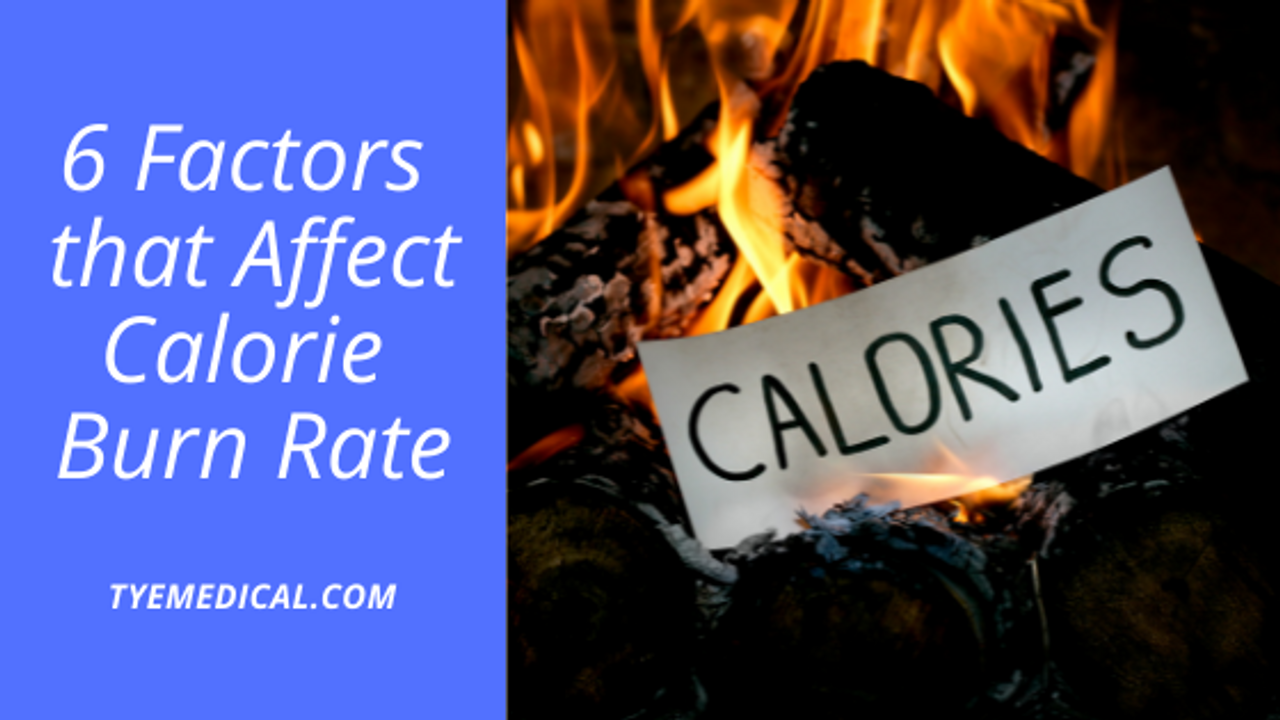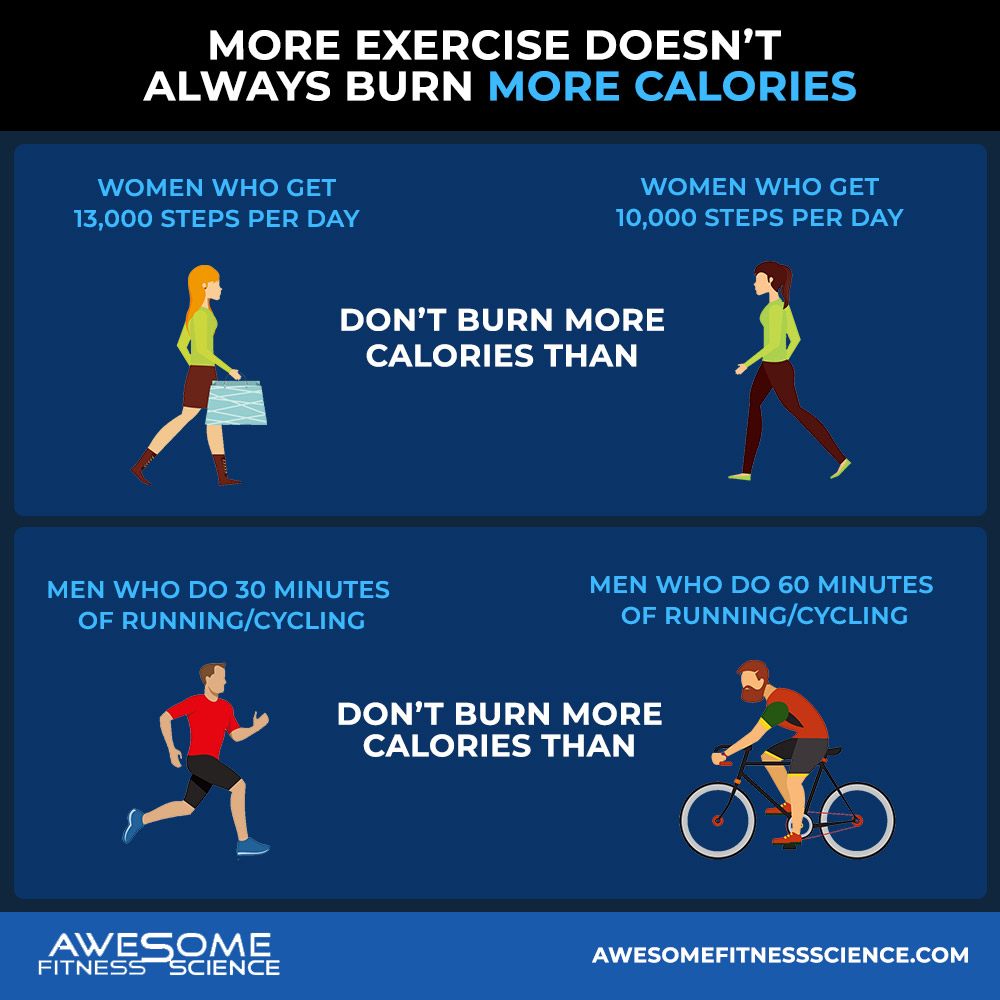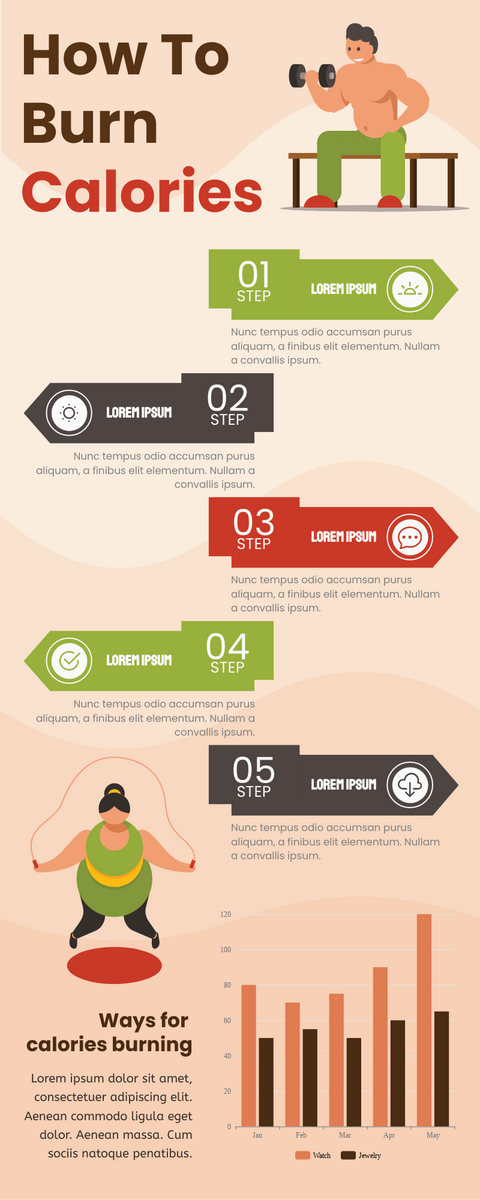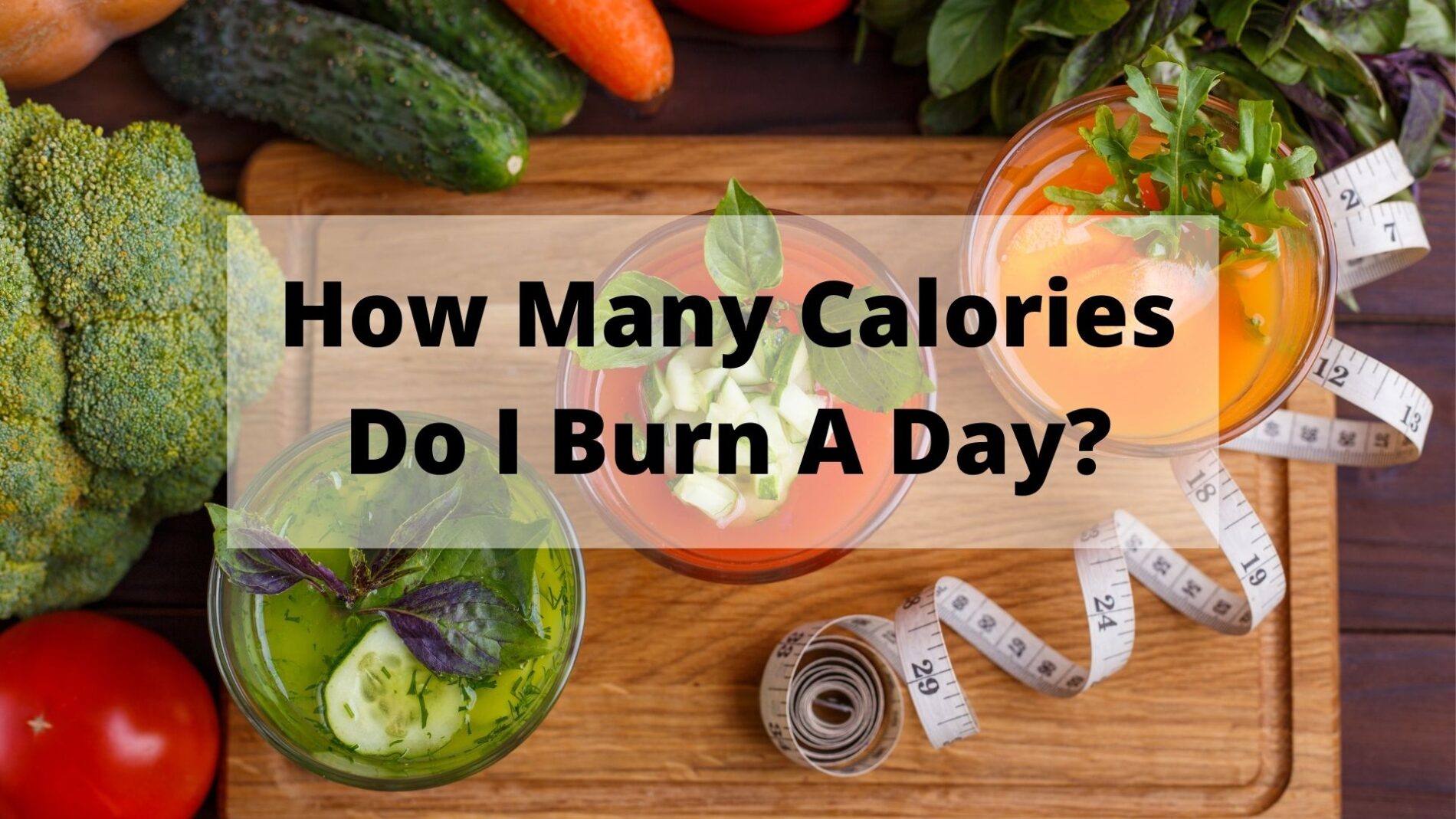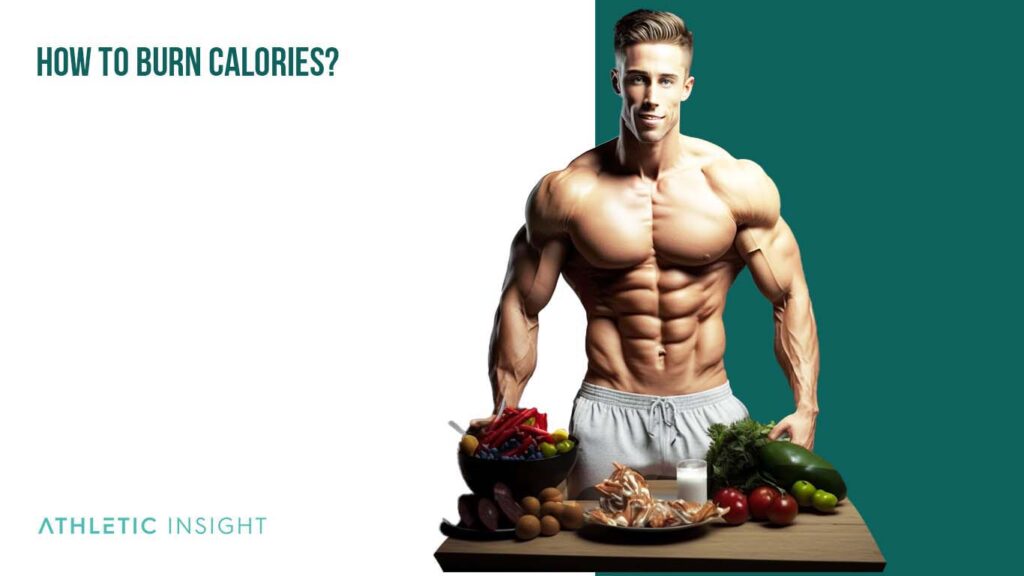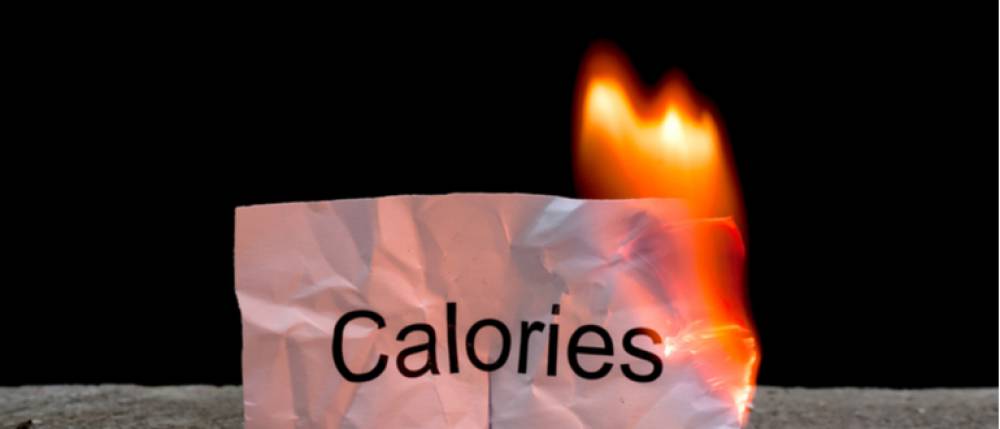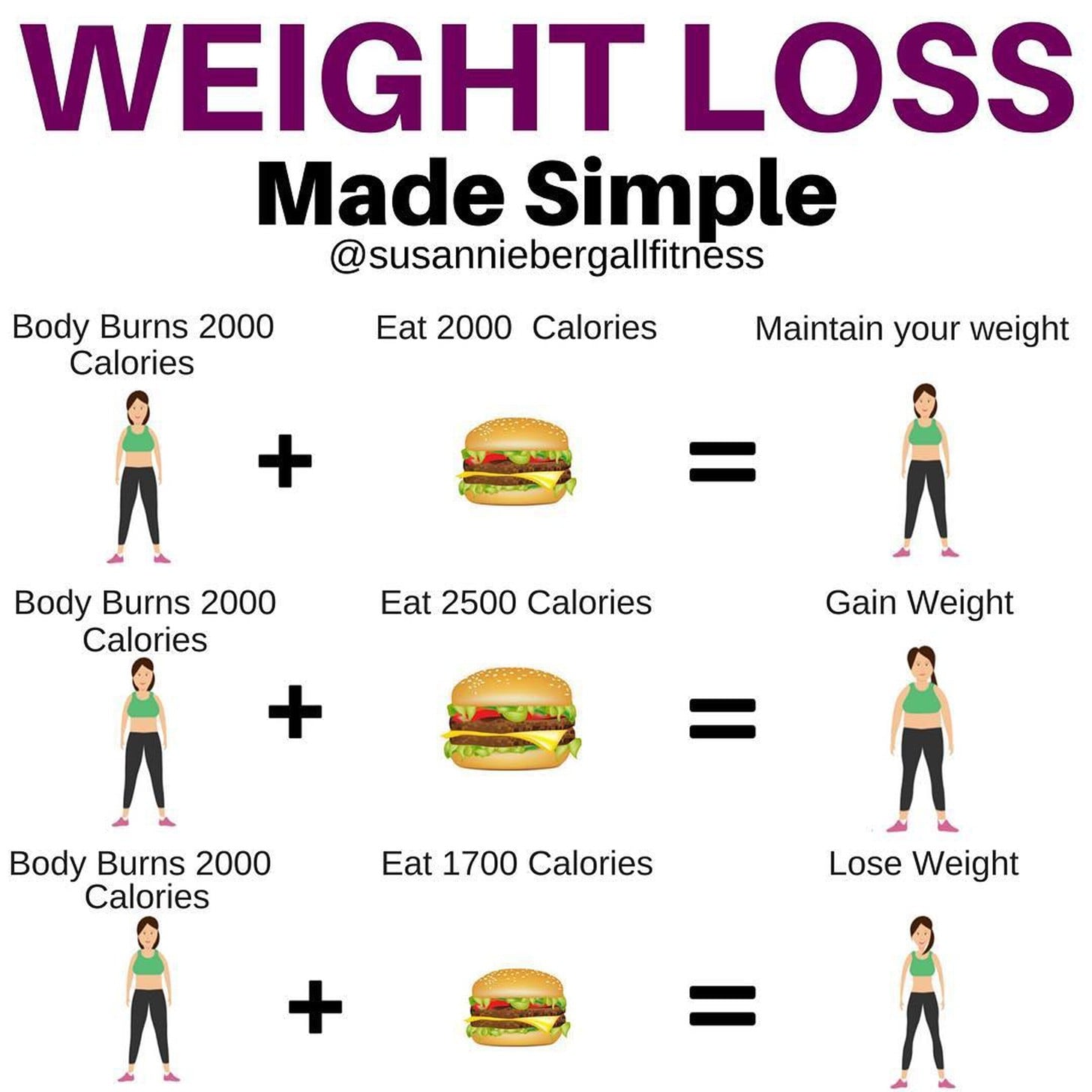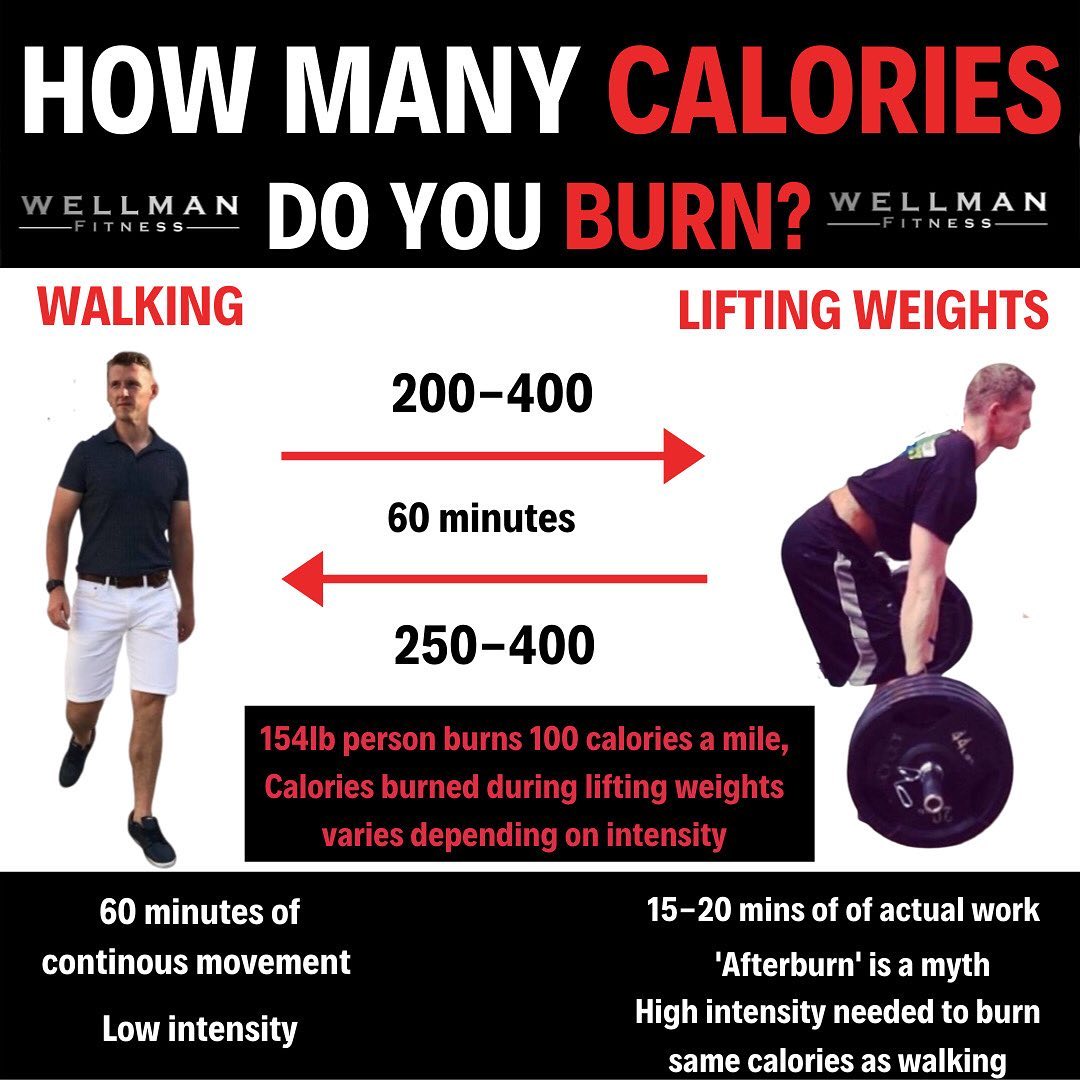Does Being In Pain Burn Calories

Imagine a throbbing headache, each pulse a hammer blow against your skull. Or picture the dull, persistent ache of arthritis settling into your joints. Beyond the immediate discomfort, a question lingers: is all this suffering actually…burning calories?
While the notion that pain directly translates to significant calorie expenditure might seem appealing, the reality is more nuanced. Pain does increase metabolic rate, the process by which your body converts food and drink into energy. However, the increase is usually modest and not a reliable weight-loss strategy.
The Science Behind Pain and Energy Expenditure
The relationship between pain and calorie burn isn't a simple one-to-one equation. It's deeply intertwined with the body's complex response to injury and stress. To understand this connection, we need to delve into the physiological mechanisms at play.
The Stress Response and Metabolic Rate
When you experience pain, your body activates the sympathetic nervous system, often referred to as the "fight or flight" response. This system triggers the release of stress hormones like adrenaline (epinephrine) and cortisol.
These hormones prepare the body to deal with perceived threats. They increase heart rate, blood pressure, and respiration, all of which require energy. This heightened state naturally elevates your metabolic rate, meaning you burn slightly more calories than you would at rest.
Dr. Sarah Miller, a pain management specialist, explains, "The acute stress response associated with pain undeniably increases energy expenditure. However, this increase is typically not substantial enough to be clinically significant for weight management."
Inflammation and Energy Demand
Pain often accompanies inflammation, the body's natural response to injury or infection. The inflammatory process itself is energy-intensive.
Immune cells migrate to the affected area, releasing chemicals that promote healing. This cellular activity requires fuel, thereby contributing to a slightly elevated calorie burn.
However, chronic inflammation, while potentially burning more calories over the long term, also carries significant health risks, including cardiovascular disease and autoimmune disorders. This is definitely not a recommended method for calorie expenditure.
Muscle Tension and Energy Consumption
Pain can also cause muscle tension and spasms. This involuntary muscle activity requires energy and can contribute to increased calorie expenditure. Think of clenching your jaw during a headache.
However, the amount of energy burned through muscle tension is highly variable and depends on the severity and duration of the pain. Someone with chronic back pain might experience more muscle-related calorie expenditure compared to someone with a short-lived twinge.
The Real Numbers: How Many Calories Are We Talking About?
The crucial question is: how many calories does pain actually burn? Unfortunately, there's no single, definitive answer.
The amount of extra calories burned depends on several factors: the intensity of the pain, the individual's metabolism, and the duration of the pain. Research suggests that the increase is relatively small.
For instance, a study published in the journal Pain examined the metabolic rate of patients with chronic pain conditions. The study found that while there was a slight increase in calorie expenditure, it was not significant enough to contribute to weight loss.
Experts estimate that a person experiencing moderate pain might burn an extra 50 to 100 calories per day. This is roughly equivalent to the calories burned during a brisk 15-minute walk, according to the American Heart Association.
Mayo Clinic emphasizes that this is merely an estimation. Individual results can vary significantly. Also, any increased caloric expenditure may be offset by decrease in activities due to being in pain.
The Downside of Relying on Pain for Calorie Burning
While it's true that pain might slightly increase calorie expenditure, relying on it as a weight-loss strategy is not only ineffective but also incredibly detrimental to your health.
Chronic pain can have devastating effects on physical and mental well-being. It can lead to depression, anxiety, sleep disturbances, and reduced quality of life.
Furthermore, ignoring the underlying cause of pain can lead to more serious health problems. Instead of trying to exploit pain for calorie burning, it's essential to seek proper medical care to address the root cause and manage the symptoms effectively.
Healthy Alternatives for Weight Management
If you're looking to manage your weight and improve your overall health, there are far more effective and sustainable strategies than relying on pain.
A balanced diet rich in fruits, vegetables, lean protein, and whole grains is essential. Regular physical activity, including cardiovascular exercise and strength training, is also crucial for burning calories and building muscle mass.
Prioritizing sleep, managing stress, and staying hydrated are also important components of a healthy lifestyle.
Registered Dietician Emily Carter recommends focusing on sustainable lifestyle changes rather than quick fixes. "A combination of mindful eating and regular exercise is far more effective and healthier than trying to rely on pain to burn calories."
In Conclusion: Pain and Calorie Burning – A False Hope
While the body's response to pain does involve a slight increase in metabolic rate, this increase is generally too small to have a significant impact on weight management. The idea that pain can be a calorie-burning tool is ultimately a misconception.
Focusing on healthy habits, such as a balanced diet and regular exercise, is a far more effective and sustainable approach to achieving your health goals. Always consult with a healthcare professional to address any underlying pain conditions.
Ultimately, seeking relief from pain should be the priority, not trying to exploit it for a minimal calorie burn. Your well-being is far more valuable than any marginal increase in energy expenditure.
